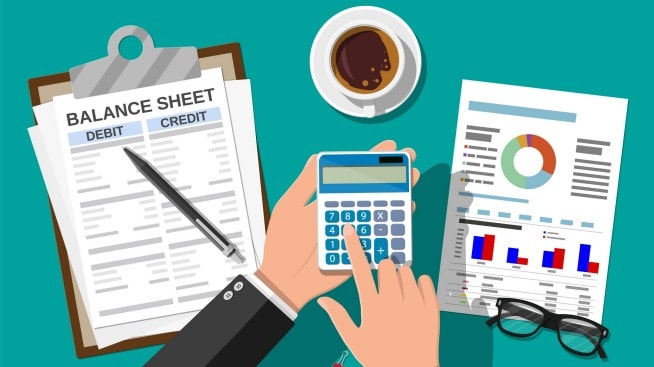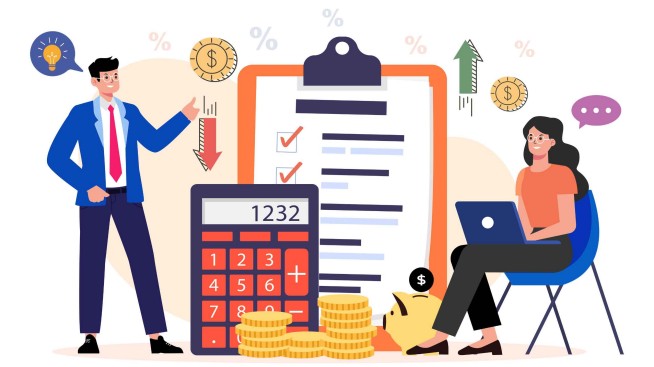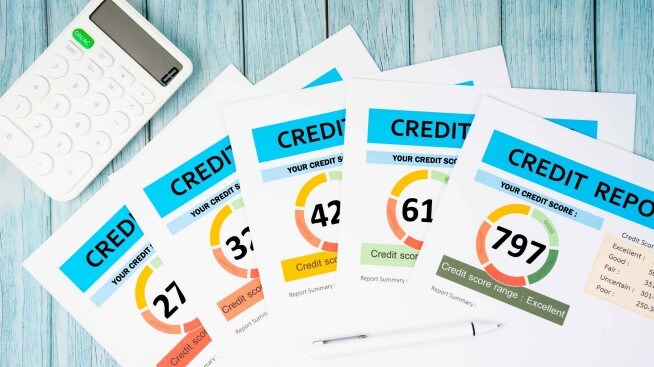What is a tradeline on your credit report?

A credit tradeline is the industry term for an account included on your credit report. Each individual account, whether it be a credit card or loan, appears as a tradeline and is reported to the major credit bureaus, which are Experian™, Equifax® and TransUnion®. If you open a new account with a lender, a new tradeline is created. The same is true if you receive a new credit card number because your card was lost or stolen.
Types of accounts on your credit report
There are three types of accounts that appear as entries on your credit report:
- Installment accounts, like car loans or other fixed-payment loans
- Mortgage accounts
- Revolving accounts, like credit cards
Information reported on your credit report
While each tradeline details the debt itself, it also features additional information about the account, including, but not limited to:
- Creditor or lender's name and address
- Type of account
- Current status
- Date account was opened
- Current balance
- Original loan amount and credit limit
- Payment history
What are the tradelines used for?
The information is used to help determine your credit score. Lenders and creditors can use the more detailed information to understand your creditworthiness.
What effect do these entries have on your credit report?
Generally, for your credit score to be calculated, you need at least one entry that's been open and active for a few months. You don't have to be the one to open the credit card, you can become an authorized user. The number of accounts you have can impact your credit score. If you have too many, this makes you look like a greater risk to lenders. If you don't have enough, you may appear to lack experience with credit.
But there's no magic number for how many accounts you should have. To build a good credit score, you want to limit opening and closing accounts, ensure that you're making all required payments on time and keep your balances on the low side.
What happens if you're removed from an account?
Generally, authorized users on credit cards have the ability to remove themselves from an account. In some cases, authorized users may need the primary account holder to contact the creditor for them. In the event that you're removed as an authorized user, the account will no longer appear on your credit report.
It's important to keep in mind that removing yourself from an account could affect your credit score if that was the only piece of credit history you had. If this was the only activity on your credit report you may want to consider opening up a different account before you remove yourself as an authorized user. This can help you establish your own credit profile separately.
If the account is in good standing, the removal could negatively affect your credit score. If the account is not in good standing because of a high credit utilization ratio, history of late or missed payments, or any other reason, the removal could help improve your credit score.
Why should I care about my credit score?
Improving your credit score can benefit you when you're ready to apply for a loan, a mortgage or a credit card because it shows lenders that you are responsible with your finances. In addition, a good credit score may help you land a new job or apartment if potential employers or landlords pull your credit report.
You can monitor your credit score regularly with Chase Credit Journey®.



